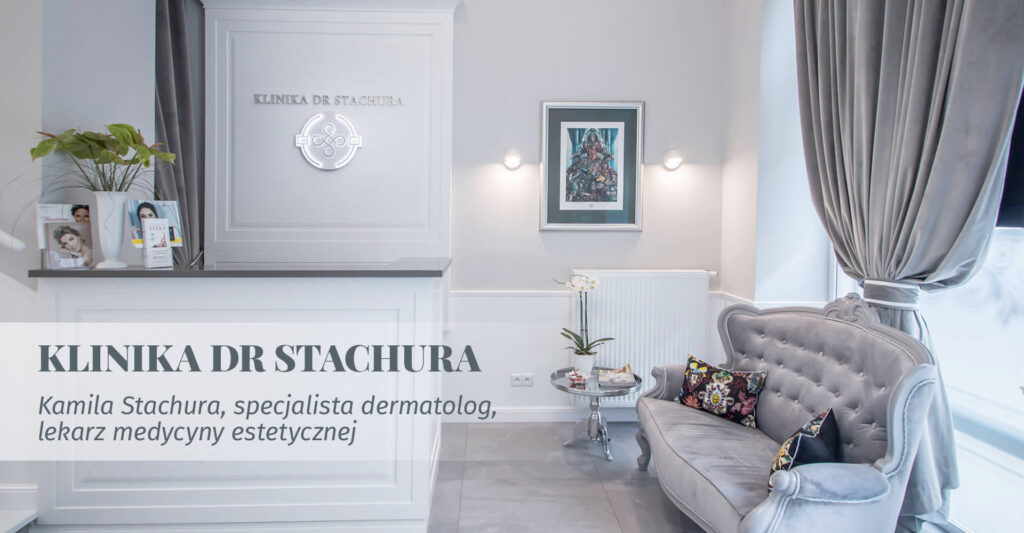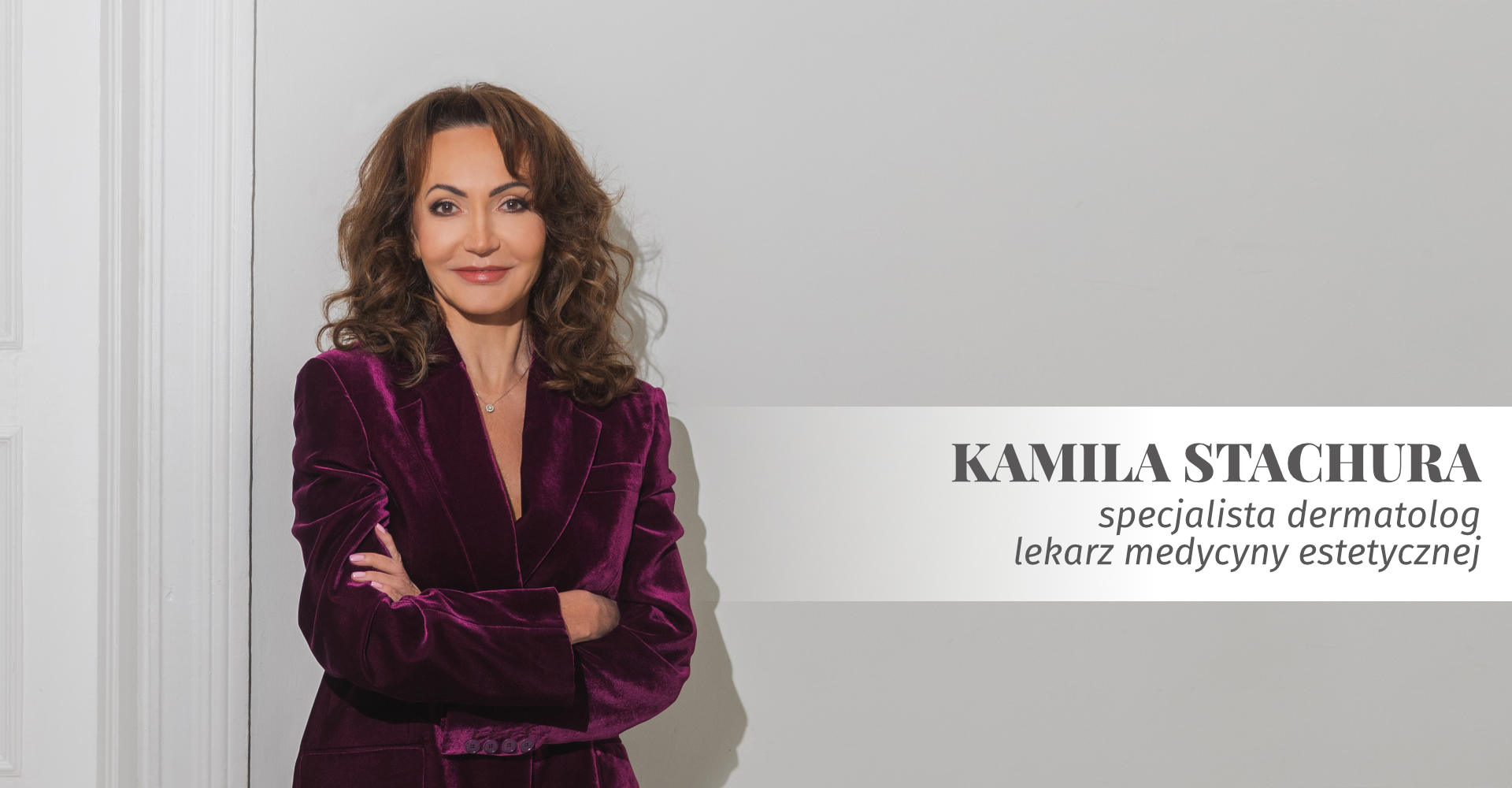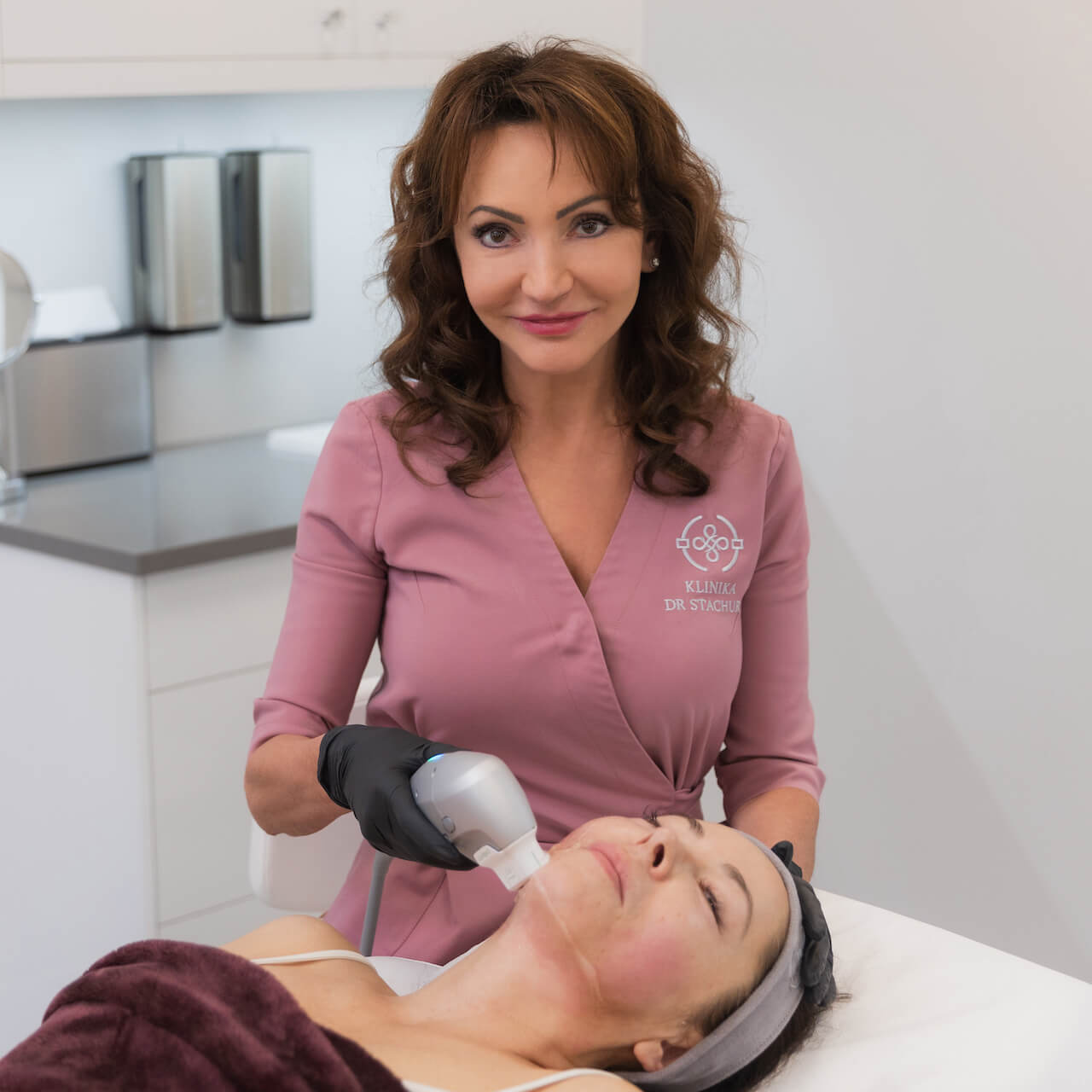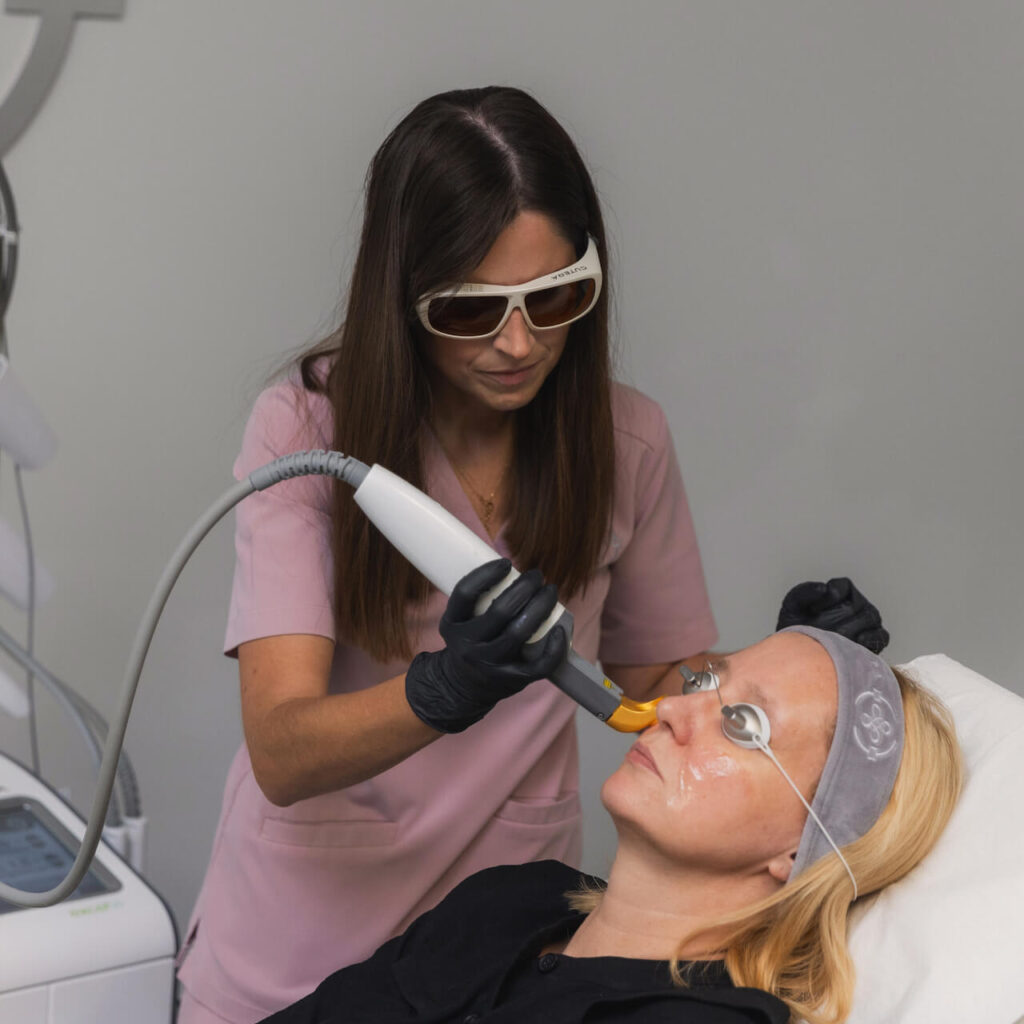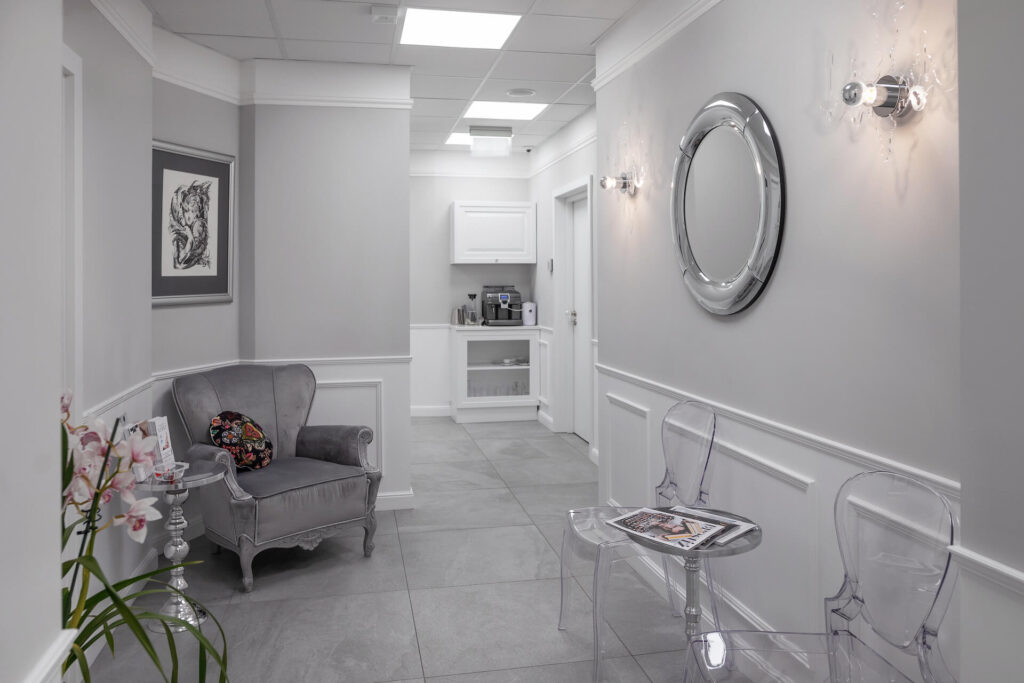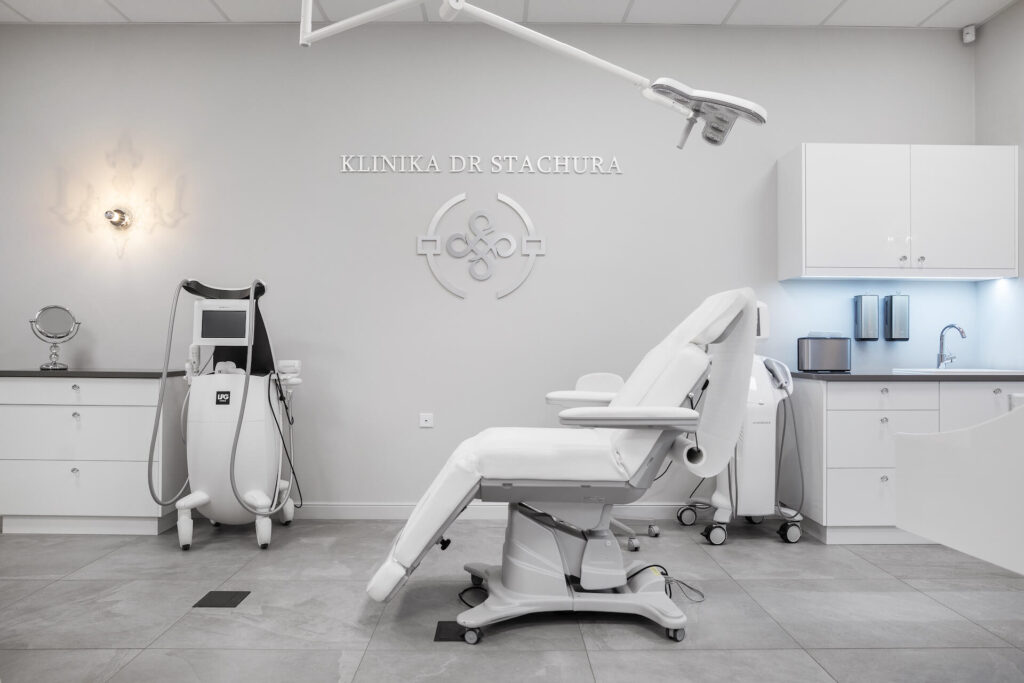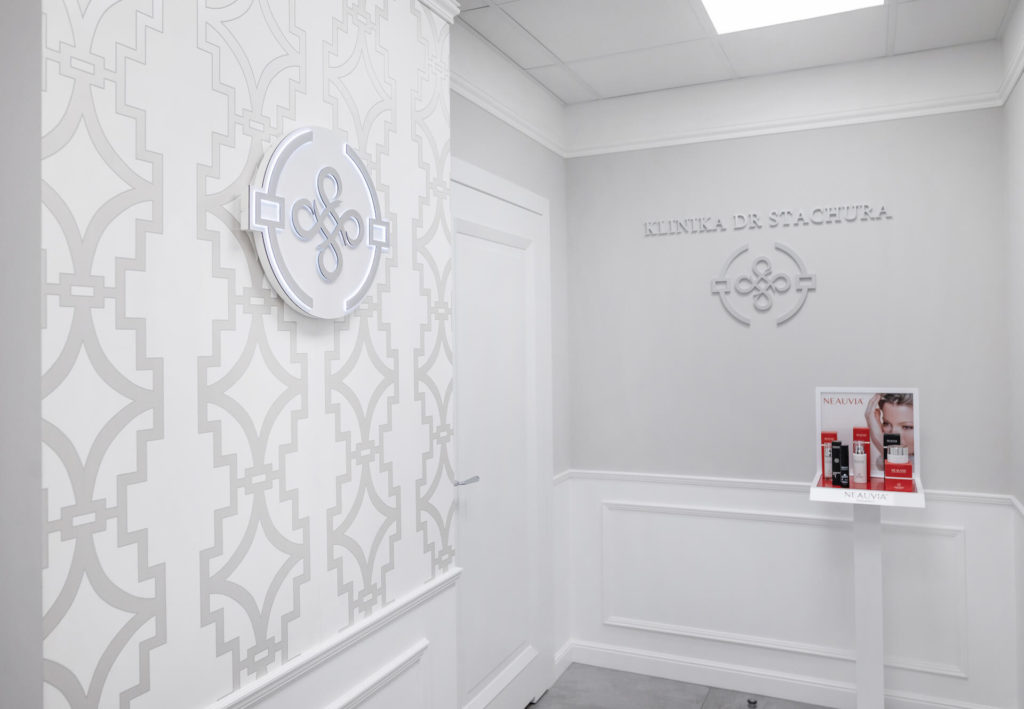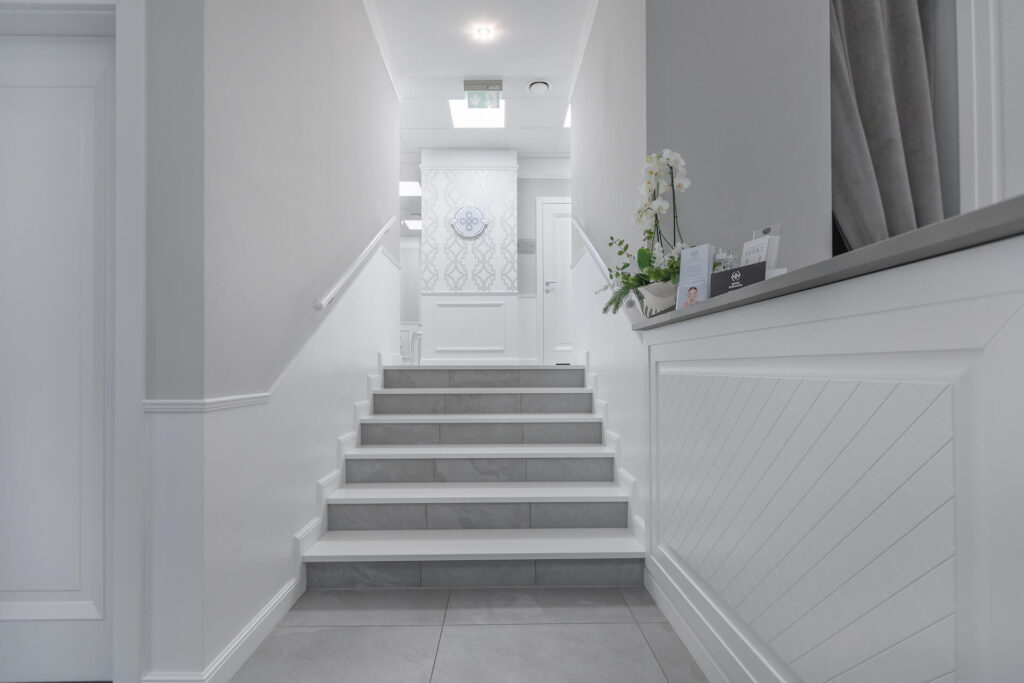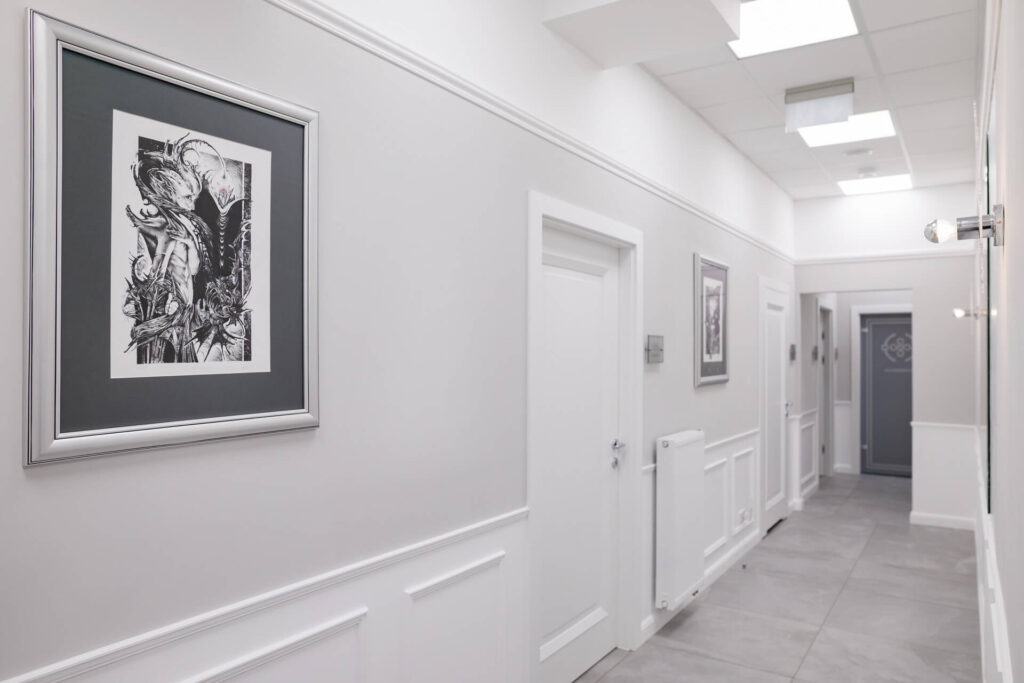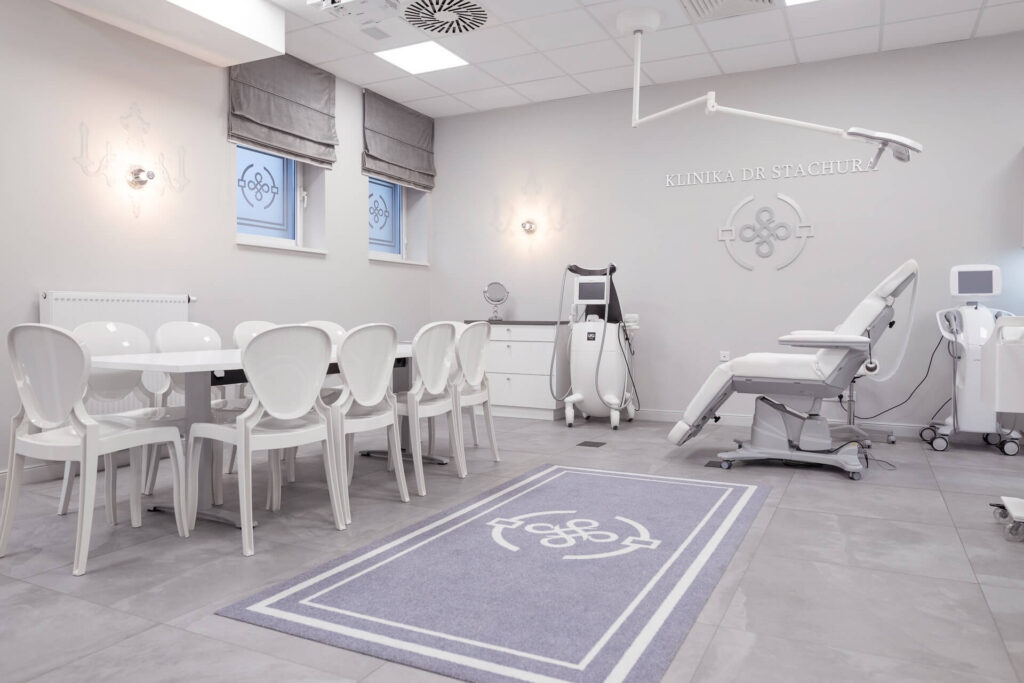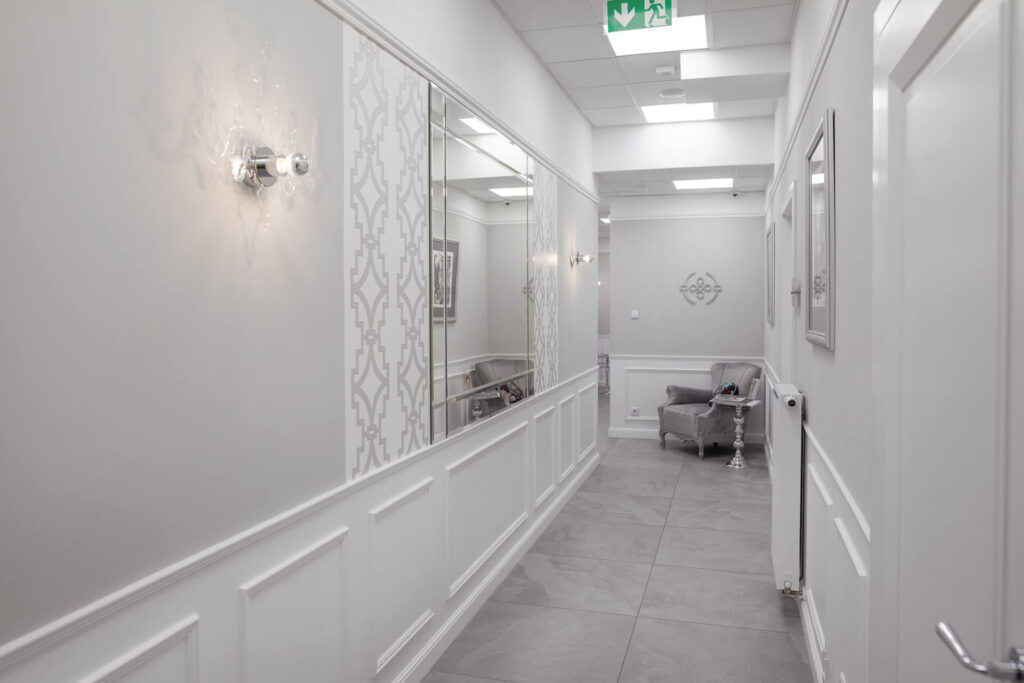
Depilacja laserowa
Skuteczne usuwanie owłosienia. Najnowsza technologia wykorzystująca lasery Nd:yag oraz aleksandrytowy, które na stałe usuwają owłosienie.
Zafunduj sobie odmłodzenie ciała i duszy
Gdzie natura spotyka się z błogością
W Klinice Dr Stachury dbamy zarówno o Twój wygląd jak i stan duszy. W dobie ciągłego braku czasu, zapominamy o sobie. Wizyta w naszej klinice pozwoli Ci zadbać kompleksowo o siebie. Piękno, estetyka, harmonia, pielęgnacja oraz indywidualne podejście do pacjenta to wartości priorytetowe, które przyświecają naszej pracy. Leczymy zatem i duszę i ciało. Zapraszamy Cię do naszego świata piękna.

Kwas hialuronowy
Podstawowy i niezbędny składnik preparatów stosowanych w celu wypełnienia zmarszczek oraz nadania odpowiedniego konturu wybranym partiom twarzy. „Eliksir młodości”, ujędrnia, poprawia nawilżenie i elastyczność skóry

Radiofrekwencja mikroigłowa
Poprawia elastyczność, gęstość oraz napięcie skóry. Doskonałe rezultaty przy minimalnej inwazyjności.

Laser frakcyjny CO2
Skuteczna odmładzanie skóry, usuwanie blizn potrądzikowych i pooperacyjnych, a także pooparzeniowych, usuwanie rozstępów, brodawek oraz włókniaków.

Osocze
Profesjonalny i skuteczny zabieg odmładzający, rewitalizujący i odżywiający skórę, przeciwdziała oznakom upływu czasu.

Dermatologia, dermatochirurgia i chirurgia jednego dnia

Chirurgia naczyniowa
Skleroterapia, żylaki, laserowe zamykanie naczyń.

Ginekologia estetyczna
Nasze wnętrza są dostosowane dla Twojego komfortu
Klinika Medycyny Estetycznej dr Stachura to uznane miejsce wśród klientów z całego Pomorza Zachodniego. Zespół tworzą wykwalifikowani specjaliści z długoletnim doświadczeniem, którzy do każdego pacjenta podchodzą indywidualnie i z dużą empatią.
Do kliniki medycyny estetycznej zgłaszają się pacjenci poszukujący zabiegów medycyny estetycznej i zabiegów z zakresu ginekologii estetycznej. Wszystkie zabiegi wykonywane są w oparciu o najnowsze technologie najnowocześniejszych urządzeń. Wraz z rosnącymi potrzebami i oczekiwaniami naszych pacjentów, wciąż doskonalimy swoją wiedzę i umiejętności. Przez lata swojego istnienia cały czas dążymy do utrzymywania najwyższych standardów naszych usług i najwyższej jakości na światowym poziomie.
Zabiegi medycyny estetycznej
Nasza klinika medycyny estetycznej oferuje wiele zabiegów, przy wykorzystaniu urządzeń najnowszej generacji. Do naszych specjalizacji należą: dermatologia kliniczna, dermatochirurgia, chirurgia naczyniowa, ginekologia estetyczna i kosmetologia. Współpracujący z nami lekarze medycyny estetycznej cieszą się bardzo dobrą renomą, ze względu na swoją specjalistyczną wiedzę i doświadczenie. Pacjentki i pacjenci bez żadnych obaw oddają się w ręce naszych specjalistów. Dzięki nam mogą uzyskać oczekiwany efekt, bez konieczności poddawania się zabiegom chirurgii plastycznej.
Podczas pierwszej wizyty pacjenta w klinice dokładnie poznajemy jego problem, szukamy najlepszego rozwiązania i planujemy cały przebieg zabiegu oraz ustalamy plan terapeutyczny. Każdego traktujemy indywidualnie, gdyż każdy ma inne potrzeby i oczekiwania. Dbamy także o to, aby wybrane procedury współgrały ze stylem życia naszego pacjenta.
Wizyty w naszej klinice przebiegają w przyjaznej atmosferze. Chętnie odpowiadamy na wszystkie pytania i wątpliwości, doradzamy i wspieramy. W zabiegach stosujemy wyłącznie bezpieczne rozwiązania, staramy się działać jak najbardziej bezinwazyjnie. Realizowanie naszej misji przez lata zaskutkowała zaufaniem naszych klientów, którzy do nas wracają i polecają naszą klinikę innym.
Wszystkie zabiegi odbywają się w profesjonalnych i komfortowych warunkach, przy zachowaniu najwyższych standardów i w sposób zapewniający pacjentowi jak najlepsze samopoczucie i bezpieczeństwo. Lekarz medycyny estetycznej przeprowadzający zabieg odpowiednio przygotuje pacjenta, udzieli mu niezbędnych informacji i zadba o jego komfort. Priorytetem jest uzyskanie efektu, na jakim zależy pacjentowi, a co za tym idzie – poprawa jakości jego życia. Postrzeganie samego siebie jest kluczowe dla samopoczucia, pewności siebie i ogólnego komfortu, dlatego zabiegi medycyny estetycznej mają również wymiar terapeutyczny. Powinni być wykonane skrupulatnie, dokładnie i profesjonalnie, aby pacjent był zadowolony z efektu i swojego wyglądu.
Do zabiegów cieszących się największym zainteresowaniem możemy zaliczyć modelowanie sylwetki, wygładzanie zmarszczek przy pomocy kwasu hialuronowego, laser frakcyjny do odmładzania skóry, bezinwazyjne nici liftingujące do liftingu twarzy, mezoterapię igłową, osocze bogatopłytkowe, toksynę botulinową (botoks) i przeszczep lub transfer tkanki tłuszczowej. Nie mniejszą popularnością cieszy się ginekologia estetyczna. W tym zakresie przoduje korekta warg sromowych (labioplastyka), plastyka pochwy, HiFu ginekologiczne, rewitalizacja warg sromowych oraz rewitalizacja przedsionka pochwy. Dzięki tak szerokiemu wachlarzowi naszych usług jesteśmy trafić w potrzeby wszystkich osób szukających pomocy.
Nasza klinika medycyny estetycznej wyposażona jest w najlepsze urządzenia zabiegowe.
Klinika medycyny estetycznej
Klinika medycyny estetycznej dr Stachura to miejsce, w którym każdy może wygrać ze swoimi dolegliwościami i odkryć siebie na nowo. Jest to najbardziej kompleksowa oferta na mapie Szczecina i województwa zachodniopomorskiego. Nasi specjaliści z zakresu chirurgii i medycyny estetycznej przy użyciu najnowocześniejszego sprzętu i najlepszych preparatów sprawią, że każdy pacjent będzie mógł rozpocząć nowe życie. Dla naszych lekarzy jest to również pasja, dlatego wykonują swoją pracę z niebywałym zaangażowaniem.
Priorytetem w naszych działaniach jest zdrowie i zadowolenie pacjentów. Ogromną rolę grają tu nie tylko lekarze i pielęgniarki, lecz również systematycznie serwisowane urządzenia, najwyższej jakości certyfikowane preparaty i sterylna czystość. Wszystkie czynności podejmowane są w oparciu o dobro pacjenta. Nie tylko efekty wizualne mają znaczenie, lecz i również terapeutyczne.
Wszystkie osoby poszukujące najlepszych zabiegów z zakresu medycyny estetycznej, dermatologii, dermatochirurgii czy ginekologii estetycznej zapraszamy do zapoznania się z naszą ofertą. Oprócz opisu zabiegu zachęcamy również do przeczytania opisu danego urządzenia i zajrzenia do zakładki z galerią. To pierwszy krok do zgłoszenia się do nas i poznania naszych specjalistów. Kolejnym jest kontakt z nami za pomocą formularza, telefonicznie bądź mailowo – chętnie doradzimy i odpowiemy na wszystkie pytania.
